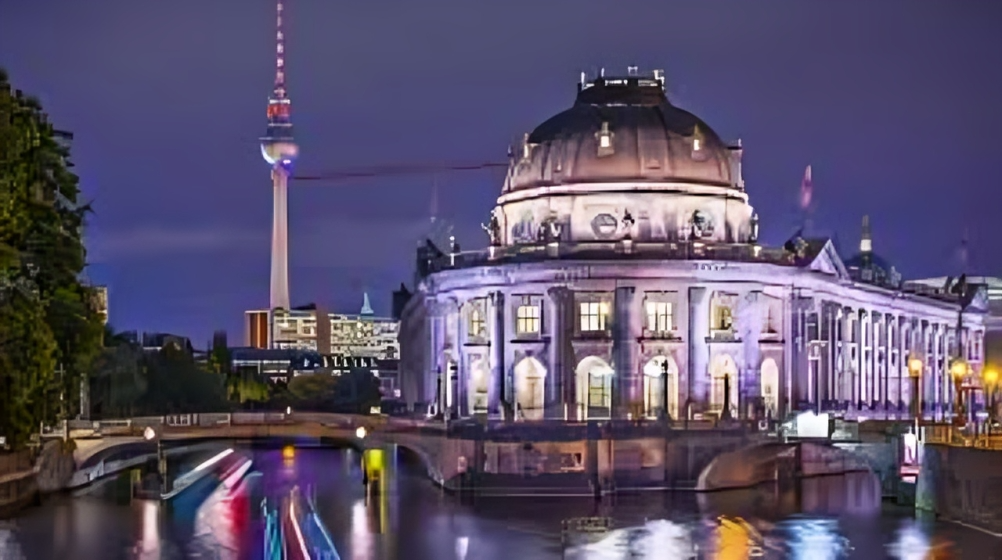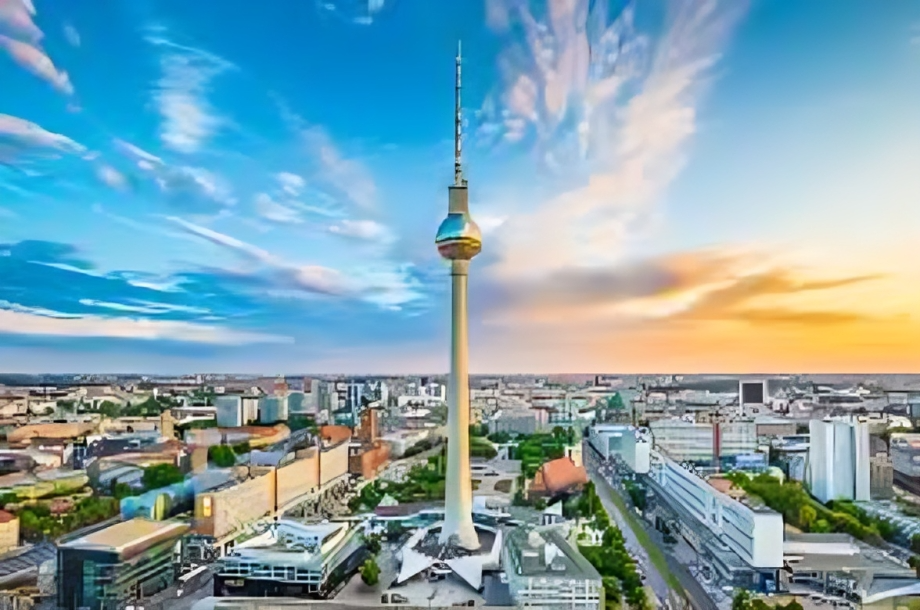Berlin is a city that wears its history like a badge of honor. From the cobbled streets steeped in stories of ancient civilizations to modern architecture that pushes the boundaries of design, every corner reveals layers of time. As the heart of Germany and a cultural epicenter in Europe, Berlin has witnessed monumental events that have shaped not just its identity but also the world at large.
Walking through Berlin feels like flipping through a captivating history book. Each chapter unfolds tales of resilience, innovation, and transformation. Whether you are an art enthusiast captivated by its vibrant scene or a history buff eager to explore its past, Berlin offers something for everyone. Join us as we embark on an unforgettable journey tracing the evolution of this remarkable city from antiquity to today’s bustling metropolis.
Ancient History: From the foundation of the city to the fall of the Roman Empire

Berlin’s roots trace back to the 13th century, but its story begins even earlier. The area was inhabited by Slavic tribes, engaged in trade and agriculture. These early communities laid the groundwork for a future bustling city.
The foundation of Berlin is often marked by two settlements: Colln and Berlin itself. Established around 1237, they grew near the banks of the Spree River. This strategic location helped them thrive as commercial hubs.
As centuries passed, Berlin witnessed shifting powers across Europe. The fall of the Roman Empire left a power vacuum that reshaped many cities throughout Germany. Although distant from Rome’s direct influence, this period saw new alliances form and conflicts arise.
Trade routes expanded during these transformative years, paving the way for cultural exchanges that would enrich what we now know as Berlin—an essential crossroads in European history long before it became a grand capital.
Medieval Times: The rise of Berlin as a trade center and its role in the Holy Roman Empire
During the medieval era, Berlin began to flourish as a vital trade hub. Its strategic location along key routes allowed merchants to thrive and connect with distant markets.
As the city grew, it attracted traders from various regions. The bustling marketplaces became melting pots of culture and commerce. Goods such as textiles, spices, and precious metals flowed through its streets.
Berlin’s rise coincided with its integration into the Holy Roman Empire in the 13th century. This affiliation provided protection and stability, encouraging further economic development.
The influence of guilds emerged during this time. Artisans banded together to regulate trades and craft quality goods, enhancing Berlin’s reputation among neighboring cities.
As commerce expanded, so did urban life. Streets filled with craftsmen’s workshops and vibrant public squares showcased a dynamic community on the cusp of greatness.
Prussian Era: The influence of Prussia on Berlin’s architecture, art, and culture
The Prussian Era marked a transformative period for Berlin. Under the leadership of Frederick the Great, the city flourished as an epicenter of Enlightenment thought and artistic expression.
Architecturally, grand structures like the Brandenburg Gate emerged. This iconic neoclassical monument became a symbol of unity and strength.
Culturally, Berlin embraced renowned thinkers and artists. The likes of philosopher Immanuel Kant and composer Carl Friedrich Zelter enriched its intellectual landscape. Their contributions shaped modern philosophy and music.
Moreover, art institutions thrived during this era. The establishment of museums laid foundations that celebrate creativity to this day.
Prussia fostered a sense of pride among Berliners. National identity intertwined with local culture, reflecting resilience amidst change. This vibrant cultural tapestry continues to influence contemporary life in Berlin today.
World War I and II: Impact on Berlin and its transformation after the war
World War I devastated Berlin, leaving the city grappling with political upheaval and economic strife. The Treaty of Versailles imposed harsh reparations, leading to widespread discontent. This unrest brewed revolutionary sentiments that would shape future ideologies.
As the 1920s rolled in, Berlin briefly flourished as a cultural hub. It became known for its vibrant arts scene and progressive attitudes. However, shadows loomed as the Great Depression struck hard in the early 1930s.
World War II unleashed further destruction on this storied city. Bombings leveled entire neighborhoods; historical landmarks were reduced to rubble. By war’s end in 1945, Berlin lay divided and scarred.
The post-war era initiated an ambitious reconstruction effort amid deepening ideological divides between East and West. Each side adopted distinct paths: one embracing socialism while the other thrived under capitalism, setting the stage for decades of tension that defined modern Berlin’s identity.
Cold War and Division: The Berlin Wall
The Berlin Wall stood as a stark symbol of division. Erected in 1961, it separated East and West Berlin, cutting through the heart of a city rich with history. Families were torn apart overnight as barbed wire and concrete replaced streets.
Life on either side was vastly different. The East embraced socialism while the West flourished under capitalism. This dichotomy fueled tensions that echoed throughout the Cold War era.
As years passed, hope persisted among those yearning for unity. Protesters bravely confronted authority, demanding freedom and change. Their voices grew louder until November 9, 1989—a day etched in memory—as the wall fell.
With each toppled segment, dreams of reunification blossomed once more. The celebrations spilled into the streets like an unstoppable tide. A new chapter began for Berlin, one filled with promise and potential amidst echoes of its divided past.
Conclusion
Berlin’s journey through the ages is a testament to its resilience and adaptability. From its ancient origins to its vibrant modern culture, each era has left an indelible mark on the city. The historical layers of Berlin reveal a complex narrative that speaks volumes about human ambition, conflict, and creativity.
Today, Berlin stands as a beacon of diversity and innovation. It embraces both its tumultuous past and a bright future filled with artistic expression and technological advancement. As you stroll through its streets, you’ll encounter remnants of history intermingling seamlessly with contemporary life.
Exploring Berlin means delving into stories etched in every corner—be it the grandeur of Prussian architecture or the haunting memories of division during the Cold War. This city invites all who visit to reflect on their own journeys while appreciating how far this remarkable place has come.
Every neighborhood offers something unique, ensuring that whether you’re drawn by history or modernity, there’s always more to discover in this dynamic metropolis. Embracing both tradition and progress makes Berlin not just a destination but an experience worth savoring time after time.



